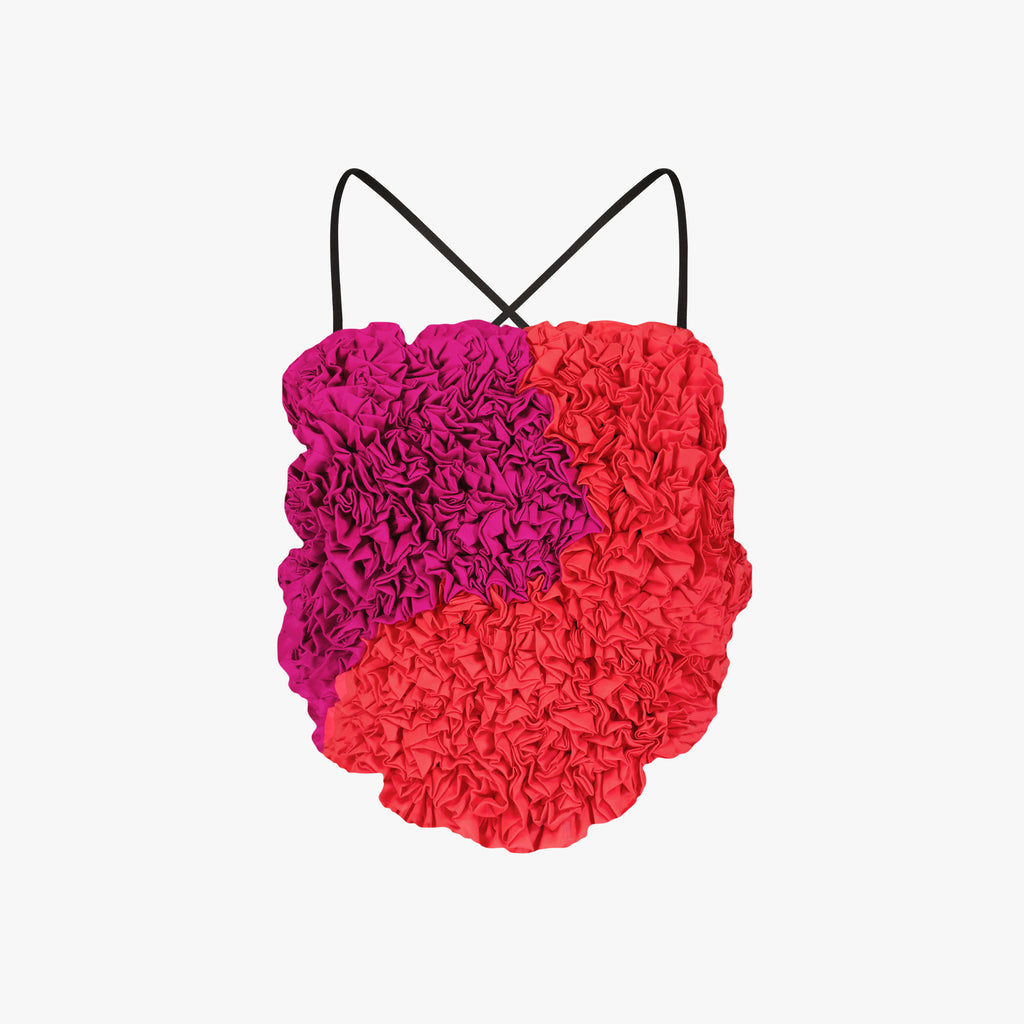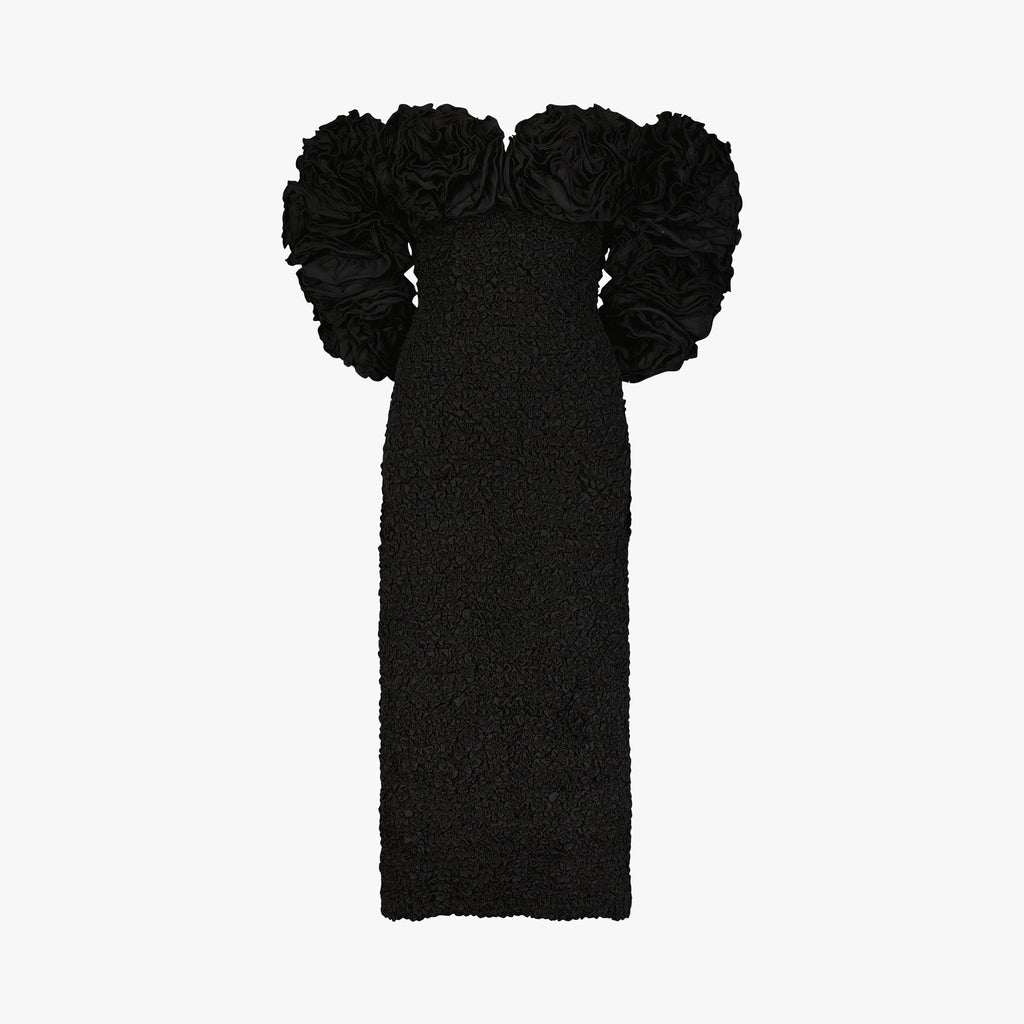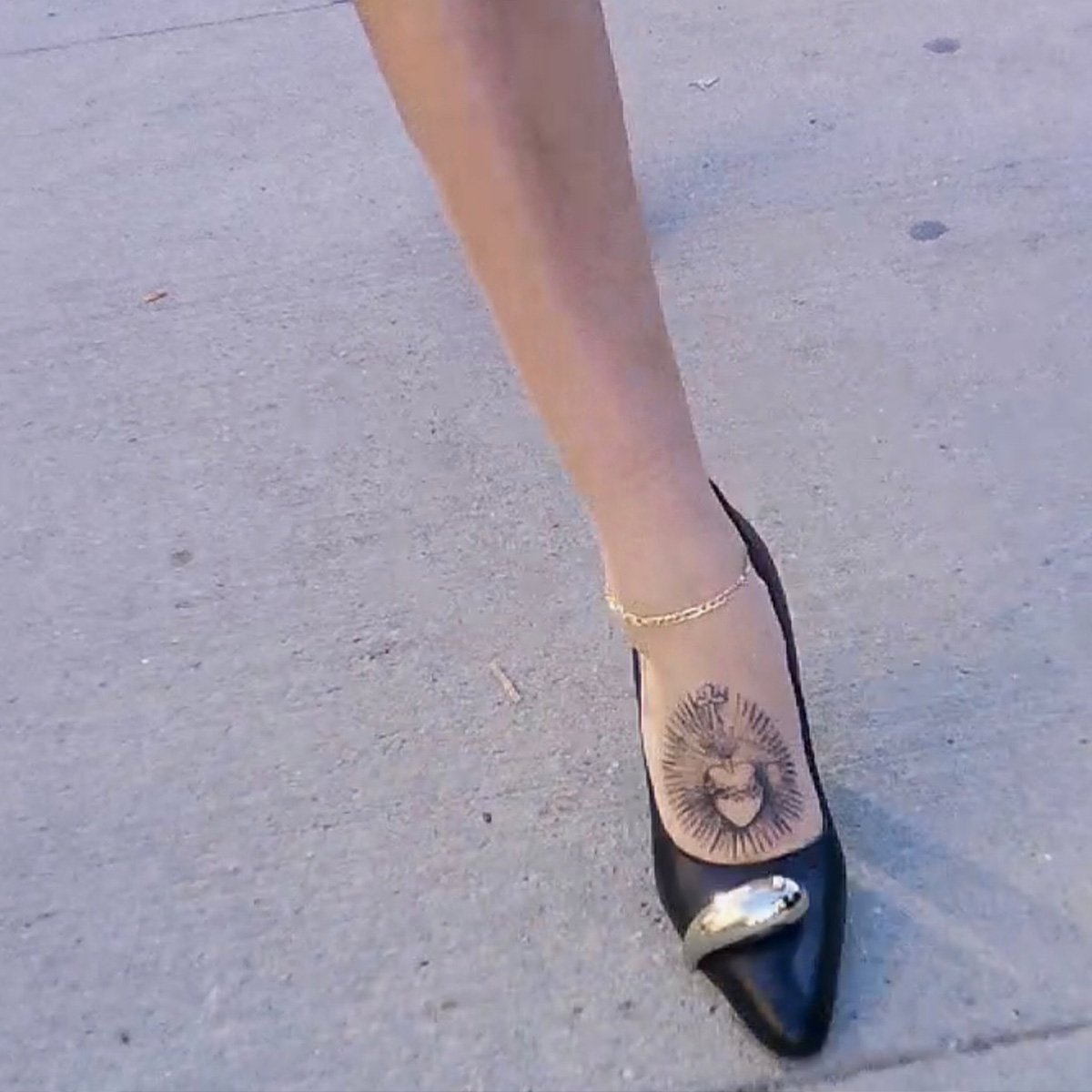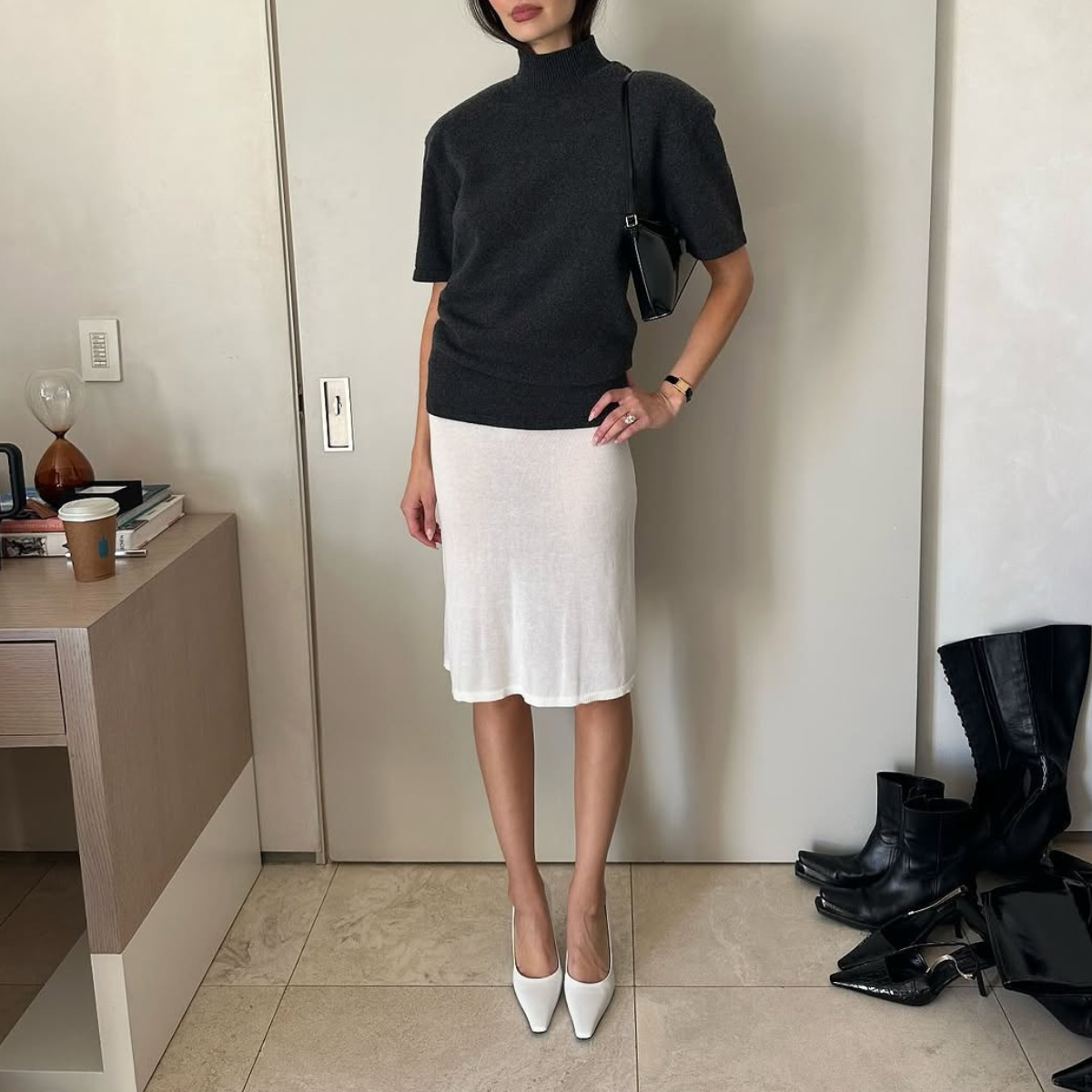Mara Hoffman on the Future of Sustainability in Fashion
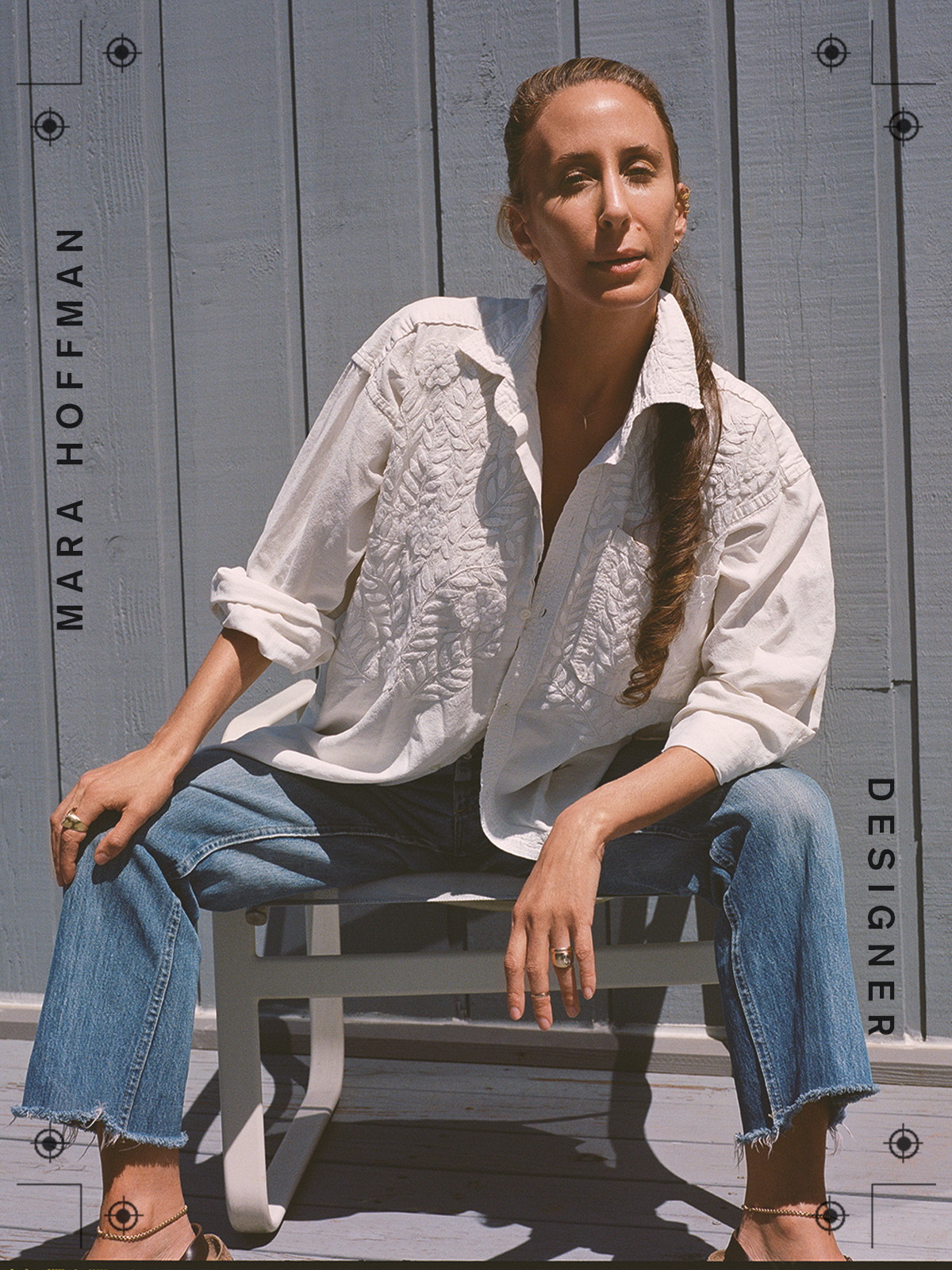
Welcome to our podcast, Who What Wear With Hillary Kerr. Think of it as your direct line to the designers, stylists, beauty experts, editors, and tastemakers who are shaping the fashion-and-beauty world. Subscribe to Who What Wear With Hillary Kerr on Apple Podcasts and Spotify.
Mara Hoffman is helping usher in a new era of sustainability in fashion.
After initially launching her line in 2000 as a new Parsons grad, Hoffman quickly became known for her use of prints, colors, and bold shapes. But as time went on, she began to feel uncomfortable with the waste produced by the fashion industry, and in 2015, she made the decision to shift her eponymous brand to focus on sustainability. In the years following, she restructured her company’s practices and debuted iconic sustainable pieces and materials, such as the famous popcorn dress that’s on every fashion person’s wish list.
But she’s not stopping there. Just last month, she collaborated with textile-to-textile recycling company Circ on a new dress made from 50% recycled textile. And for all her efforts and innovation in the space, she was recently honored with the CFDA Environmental Sustainability Award.
In the latest episode of Who What Wear With Hillary Kerr, our editor in chief, Kat Collings, chatted with Hoffman about everything from discomfort as a catalyst for change to her 2024 resort collection and everything in between.
For excerpts from their conversation, scroll below.
After graduating from Parsons, you launched your first line, Circle by Mara Hoffman, in the year 2000. Can you tell me what that first iteration looked like, and what your design ethos was at that starting point?
When I graduated from Parsons, I was making everything by hand. It was kind of more like an art experiment. So wearable art, everything was sewn by hand, hand-dyed, batiked, beaded, and nothing was like the other. And so I began like that, making these one-off pieces.
The very first break point I had was I was bringing clothes to a friend's store to sell on consignment, because that's how I was paying my bills, and had a run-in with Patricia Field. And for those who don't know, she is this iconic visionary in New York. I ran into her in this little store that I was dropping clothes off. And she liked what I had on. And she said, "Well, I'm working on this new TV show. And it's called Sex and the City. And I would love to buy the bag of clothes that you have." So I sold her the bag of clothes for like $250.
And then the next day, her buyers for those stores that she had in New York called me and came over the following week. And they sat on my little futon couch. And I showed them everything that I had been making in this little apartment, and they placed an order, and the order was for $5000, which was like a mind-blowing amount of money for me. And that was the very beginning.
Let's talk about what happened when you began to make a shift toward sustainability. In 2015, I read that the birth of your son as well as watching the film The True Cost contributed to that pivot. Can you expand on how those things impacted you?
I definitely started my deep-discomfort era a little bit before 2015, a few years leading up to it. My son was born in 2011, and I was becoming more aware at that time, and I think even a little before that, of the impact but didn't have the language for it or at all have the capacity to be able to think of what a transformation could look like at that point.
And what I've realized, now that it is just such a theme in my life, is that discomfort is the catalyst. It is the thing that transforms your life more than any other thing. You're not moving forward when you're comfy. But that was one of those times that I was extraordinarily uncomfortable. And I didn't know what to do about it. And so by the time I got to 2015, it had reached a crescendo of, okay, well, then we close. You know, change or die. I don't want to do this.
And my team, particularly Dana Davis, who's my VP of sustainability, I brought it to her, and she was like, "We're not closing." She was not my VP of sustainability at the time; she was my production director. And neither of us had any idea. This wasn't like we had some handbook. And the amount of progress that's happened within the industry from this time to now over these past nine years is enormous.
One fabric that you do a lot of these dresses in is the popcorn dress. I believe that material debuted in 2020. And this material seems kind of special, knit from Tencel lyocell. And it comes [in sizes] XXS to 3X. I can think of a number of reasons this dress is so popular. But can you tell me why you think it's been such a success? And if you remember anything about choosing this material and knowing that this would be a hero material for you?
Yeah, I don't think we knew it was going to be a hero when we put it into the spring 2020 collection. I think at the time, we saw it more as this interesting novelty of fun texture for the season. And I loved how it felt. It almost gives you this layer like a psychic wall, almost like it gives your body a little loving layer of protection from the world a little, but it still shows your beautiful shape and all these different beautiful shapes of all these different human beings. So it was also really incredible for us to be able to invite way more people into our storytelling.
You should see what just launched on the resort collection, the Luna dress, and she's really pushed it to the limit and sculptural flowers and shape and popcorn—check it out.
So you had a big announcement recently. You partnered with Circ, which is a textile recycling company, to design a dress with their patented lyocell made from textile waste. You're the first luxury brand to use Circ, you know, which could also influence others to follow suit. How did that partnership come about?
Again, Dana Davis, the sustainability VP, she met the creator of Circ about five years ago. And so like anything, I think, in this space, it is not a quick turnaround. These types of collaborations and partnerships take so long because there's so much work that has to happen before. And so Dana had heard him speaking and felt so inspired by the potentiality of this work and what it actually meant.
And for me now, to be able to work with it and know that what it represents is like the beginning of something that could change everything in a major way. It's literally taking from what exists and creating newness from it. And what makes this so special is, yes, people have been able to work with recycled materials, of course, but the majority of the clothing that are on this planet are made from combined fibers. So you can recycle when it's a singular fiber, right? So if something's fully made of cotton, you can break that down, and you can recycle it, and you can turn it into another piece. But when it's mixed with poly, like a polyester, there hasn't been a way to separate those fibers. And so what's so exciting about this tech is it separates the fibers. And it's able to take both of them and turn them into new material again. And that's huge.
This interview has been edited and condensed for clarity. Next, check out our interview with Stacey Battat.
